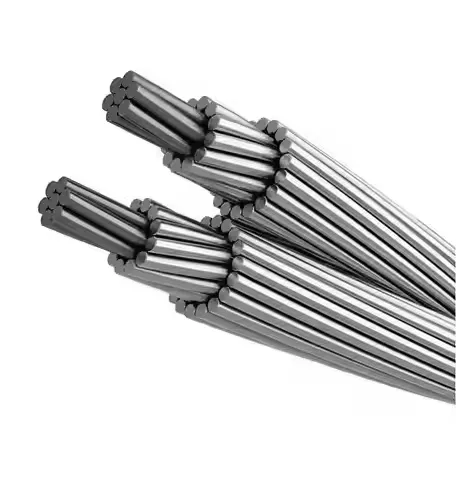Time: 2025-04-27 16:20:16 Source: Henan Province Jianyun Cable Co., Ltd.
Bare wires, where the insulation is damaged or missing, pose serious safety risks like electrical shocks, short circuits, or fires. Fixing them correctly is essential to restore safety and functionality in electrical systems, whether in homes (e.g., 14-2 NM-B wiring) or industrial setups. This article explores the process through three key sections, using a table to list tools and engaging analogies to make the steps clear.

Bare wires occur when the insulation on a cable (e.g., 14-2 NM-B, 2.5 mm², or solar cables discussed earlier) is damaged, exposing the conductor. This can happen due to wear, mechanical damage, overheating, or environmental factors (e.g., UV exposure in Saudi Arabia’s climate). The hazards include:
These hazards make bare wires a “ticking time bomb” in an electrical system—fixing them promptly is crucial to prevent accidents or damage.
Fixing bare wires requires specific tools and materials to ensure a safe and effective repair. Below is a table listing the essentials:
| Tool/Material | Purpose | Example |
|---|---|---|
| Electrical Tape | Insulate small exposed areas | Vinyl tape (rated 600V) |
| Heat Shrink Tubing | Provide durable insulation | 2:1 shrink ratio, 600V |
| Wire Cutters/Strippers | Cut and strip damaged sections | Adjustable stripper for 12 AWG |
| Multimeter | Check for live voltage | Digital multimeter |
| Wire Connectors | Join wires if splicing | Twist-on connectors (rated for 230V) |
| Heat Gun | Shrink heat shrink tubing | Adjustable heat gun |
Electrical Tape: Suitable for temporary or minor repairs, rated for the wire’s voltage (e.g., 600V for household wiring). Heat Shrink Tubing: Offers a more durable, weather-resistant solution, ideal for outdoor or high-stress environments (e.g., solar cables). Wire Cutters/Strippers: Needed to remove damaged sections cleanly. Multimeter: Ensures the wire is de-energized before repair. Wire Connectors: Used if splicing is required. Heat Gun: Activates heat shrink tubing for a secure fit. These tools are like a “first aid kit” for wires—each item helps you address the “injury” safely and effectively.
Fixing bare wires requires careful steps to ensure safety and compliance with electrical standards. Here’s a step-by-step guide:
Safety Note: Always follow local codes (e.g., NEC in the U.S., BS 7671 in the UK, SASO in Saudi Arabia). Repairs must meet fire safety standards (e.g., IEC 60332) and insulation ratings. If unsure, consult a licensed electrician, especially for high voltage or critical systems.
Fixing a bare wire is like “patching a leaky pipe”—you need to stop the flow (power), repair the hole (insulate), and ensure the pipe (wire) is secure for safe operation.
Bare wires, where insulation is damaged, pose risks like shocks, short circuits, and fires, requiring immediate repair. Use tools like electrical tape, heat shrink tubing, wire cutters, and a multimeter to fix them. The process involves turning off power, inspecting damage, insulating with tape or heat shrink, splicing if needed, testing, securing the wire, and considering replacement for extensive damage. Repairs must comply with standards (e.g., IEC 60227, IEC 60332) and local codes (e.g., NEC, SASO). Proper repair ensures safety and functionality in systems like household wiring (14-2 NM-B) or solar setups (4mm² cables), preventing hazards and maintaining performance.